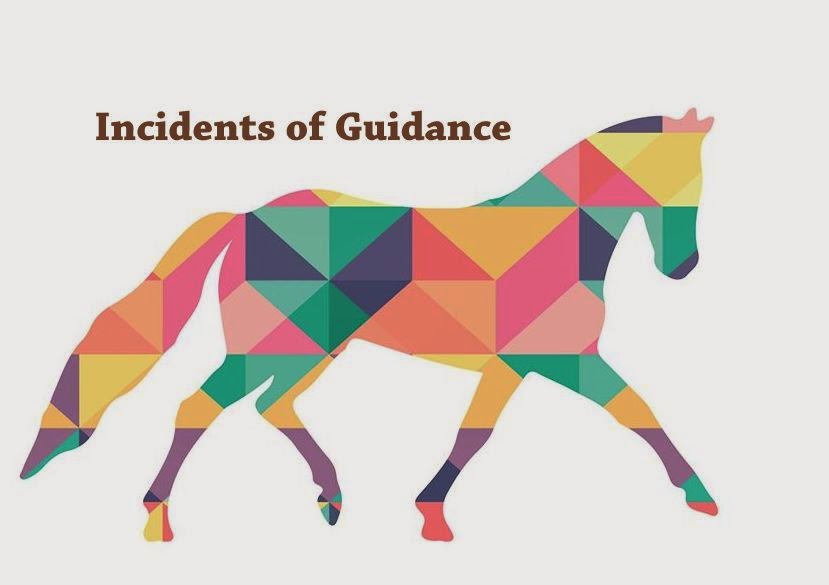Sunday I took two students up to RDLA for a good old fashioned cross country schooling and when we got in the truck, tired and hot and thirsty, I turned to the girls and said, "Would you like to stop for lunch, or do you want to skibble on home?"
The unanimous response was something along the lines of "what on Earth does 'skibble' mean?"
The answer: nothing. But it's a phrase my mom used a lot with me when I was a kid, so I sort of assumed it had roots in slang.... somewhere. It doesn't.
I took an extremely unscientific poll, and received the following definitions:
- Drooling
- A brief fight
- A part of a turkey
- To waffle
- To skip a pebble
- To run (my sister's definition)
- To fall
- It describes the weird state of being that halfway between a walk and a run. Like when you know you should be running but can't bring yourself to do it so you walk uncomfortably
When I ask you to imagine a lily, what do you see?
| Do you see a flower? |
 |
| What color was your original flower? |
 |
| What about Lily Potter? |
My point is that unclear definitions and fuzzy understandings of words can cause confusion and tension in the training ring. If your trainer has told you to bend the horse a hundred times, sometimes you aren't confident you should even ask how she wants you to do that. After all, you've been riding forever, and bend is a simple concept! Right?
And some definitions necessarily change as time goes on and can be relational to the horses you ride. How balanced is "balanced" or how steady in the bridle "steady" is.
Here's one of the massive kickers of learning to ride: our instructors tell us things through words. And so our left brains get a hold of those words and try to translate them to the right brain.
Sometimes our left brain does a great job at this, and sometimes it doesn't. And sometimes our instructors get really good at helping our right brain a lot (like when Dumbledore told me to pop a balloon between my thighs, or suggested I imagine my ponytail tied to my horse's hindquarters, or when Megan wrote about being a brighter lightbulb).
But sometimes our instructors are not good at this. And I would argue that it is our responsibility to ourselves and to our horses to be sure we've all got the same understanding of nebulous phrases like "through" and "collected". Team to team those definitions might change a lot, but you've got to be certain you know what those words really mean.
Otherwise you might just be skibbling around.















